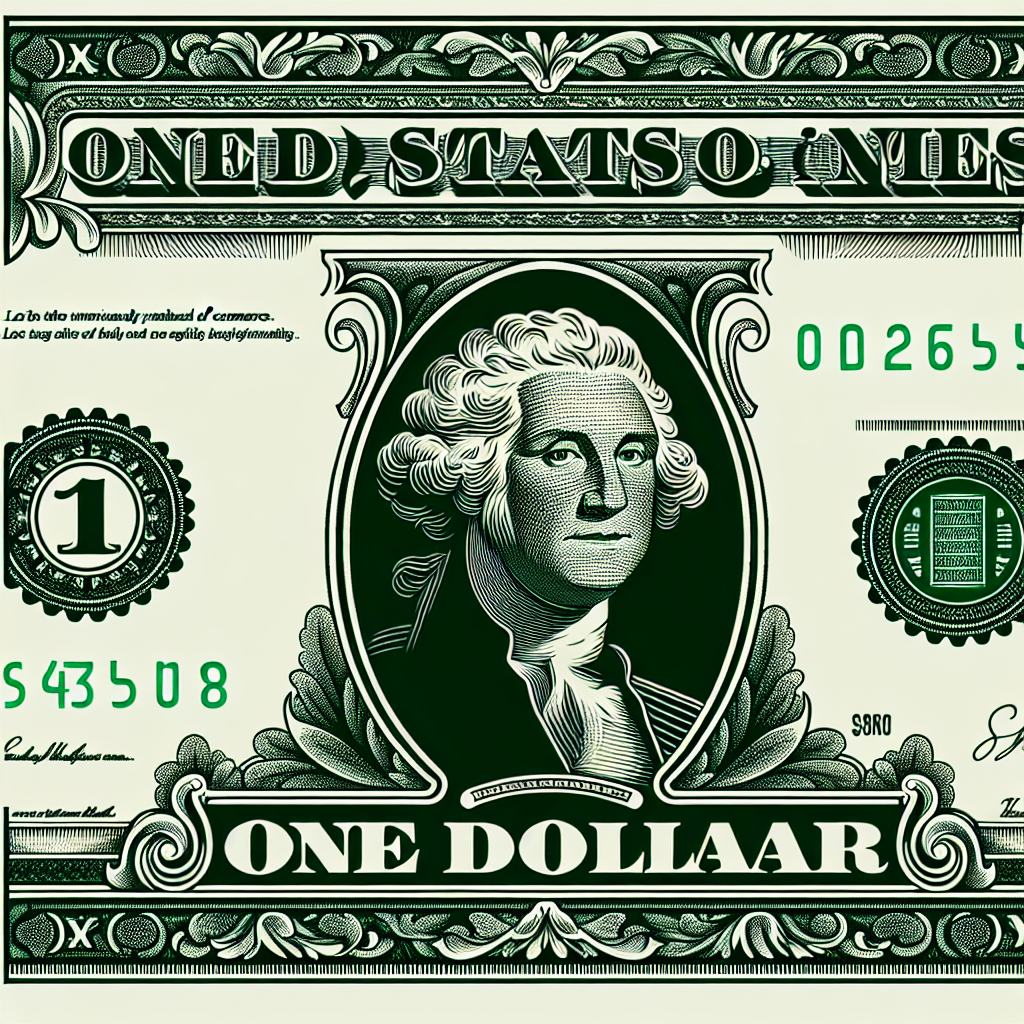Trade Truce Sparks Currency Fluctuations
The dollar rose against European currencies amid hopes for a U.S.-China trade truce. U.S. President Trump anticipated tariff reductions, influencing currency markets. Traders focused on the Federal Reserve's meeting, with rate cuts expected. Sterling and the Australian dollar saw volatility due to shifting central bank policies.

The U.S. dollar strengthened against European currencies on Wednesday, boosted by expectations of a trade truce between the U.S. and China. President Donald Trump, speaking in South Korea, suggested a significant deal might soon be reached, as China purchased American soybeans—signaling easing tensions.
This potential agreement influenced the currency market as Trump anticipated reducing tariffs on Chinese goods in exchange for China's efforts to curb exports of fentanyl precursors. Bart Wakabayashi from State Street noted relief from the dollar’s previous decline amid the tariff disputes, suggesting a market rebound.
Currency traders also focused on the Federal Reserve's meeting, where a rate cut seemed likely due to concerns over weakening job markets. Meanwhile, central bank policy expectations affected the British pound and Australian dollar, with both currencies experiencing notable shifts ahead of their banks' upcoming meetings.
ALSO READ
-
Critical minerals seen as 'future pillar' of Australia-India partnership: Trade official
-
Cyprus backs early signing of India-EU Free Trade Agreement
-
UPDATE 3-ECB keeps rates unchanged as economy holds up despite trade strife
-
ECB keeps rates unchanged as economy hums along despite trade strife
-
Delhi to see Rs 1.8 lakh crore trade this wedding season: CAIT study








